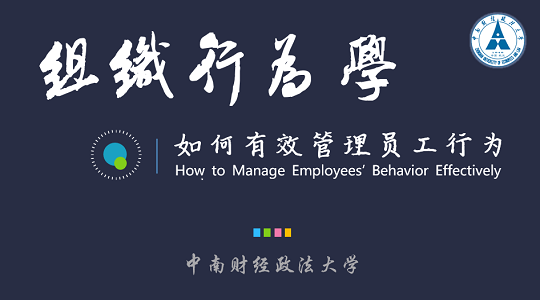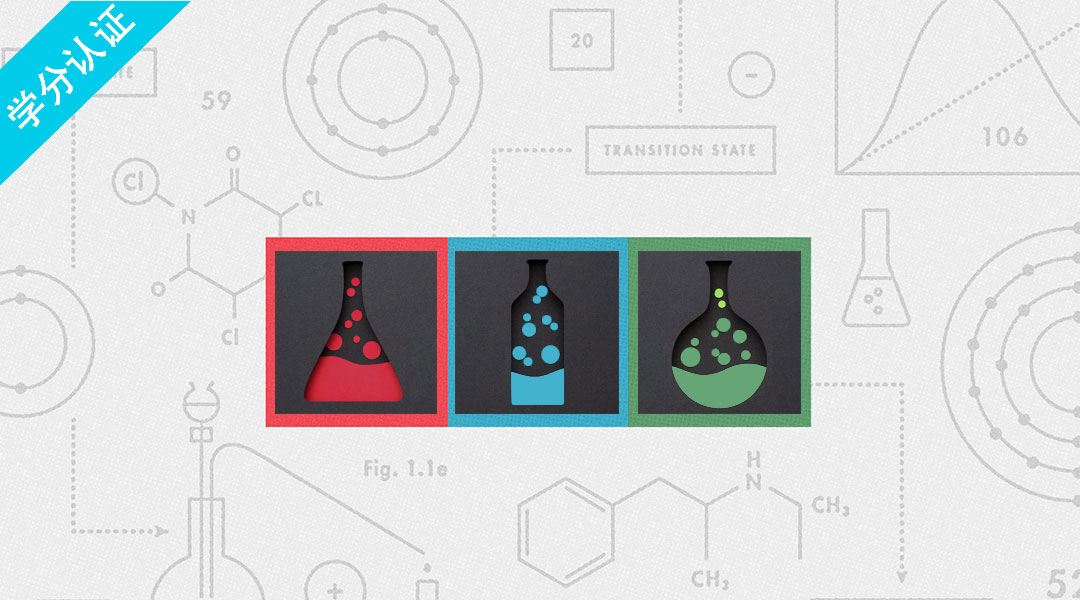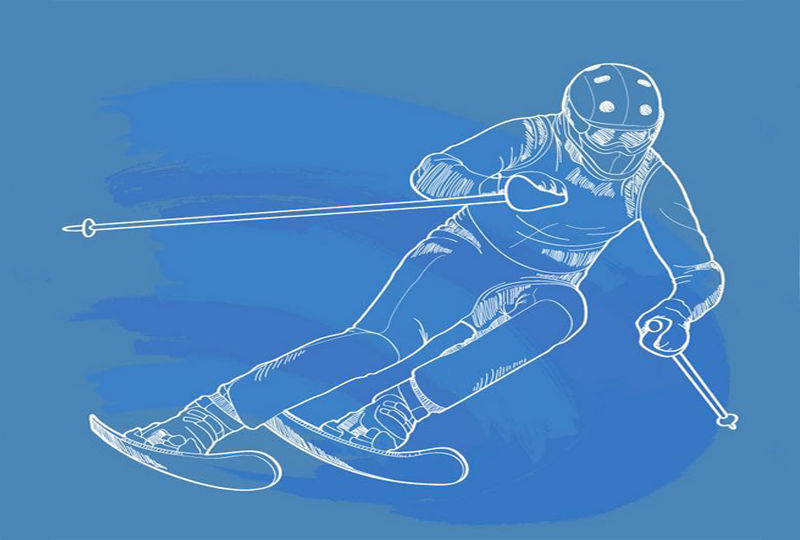
当前课程知识点:国际医学会议交际英语 > Chapter 12 Understanding Conference Etiquette > Exercise > Chapter 4 Part 2
English for Presentations at International Medical Conferences
Chapter Four
Visualizing and Preparing the Presentation
Part Four
Structure of a PowerPoint
An effective PowerPoint
should primarily be a well-structured one
Let's first know the structure of an academic PowerPoint
It is usually predetermined by the structure of your speech
Preparing your PowerPoint
is no less than designing and structuring your presentation
Generally
an academic PowerPoint may contain the following items
of course they may vary
according to your needs and preferences
The first is the title slide
The second is the contents slide
and then is the main body
and the main body contains introduction slide
objective slide
methodology slide
result and discussion slides
future work slide
and conclusion slide
and then is the summary slide
and acknowledgements slide
of course we may have Q&A slide
and references slide
Altogether
you need about 15-20 slides for your presentation
in an academic conference
It's quite important to know
what each slide contains and what to do
to make the slides consistent and coherent
Therefore
an analysis of each of them is quite necessary
So Let's get to know the detail of these slides
Title slide could offer you a valuable opportunity
to connect with the audience before the presentation start
The information contained in this slide
can market you and your topic
and your research to the audience
So always include the following elements in your title slide
Title of your presentation
with a subtitle if the title is unclear
Your name
Contact information
usually email address website etc
Affiliation logo
Date of the presentation
of course if space permitting
In an academic presentation
the title is usually positioned
at the center of the slide with fixed-width layouts
sometimes left-aligned
very rarely right-aligned
As to the capitalization of the title
you may have two choices
To capitalize every initial letter of the content words
nouns adjectives verbs adverbs etc
Or you can capitalize solely the initial letter
of the first word of the title
In either case
proper nouns are always capitalized
In an international conference
all capital letters
are not quite welcome for its low readability
Name of the presenter
Westerners usually put their given names before their surnames
which is different from that of Chinese
Usually we follow the western style in an international conference
However
the Chinese style is also acceptable nowadays
Since either way of writing is equally acceptable internationally
just feel safe to write your surname first
then your given name
However
when the characters in your given name and surname
number the same
either of the above writing will bring confusion
In such case
it's more advisable for you
to capitalize your surname to make distinction
Keep it in mind that
every careful writing is to help your audience know you
pay attention to you
listen to you
even remember you and your study
If the research project is done
by more than one researchers
although only one presenter will be on the stage
to make the presentation
other researchers' names
should also be placed in the title slide
But do remember
the names appear on the title slide
are the co-authors of the presentation
and only them
Contact info
usually your email address is important
especially when your study interests some of your audience
who may discuss
cooperate with or even fund you
Date of the presentation
Don't insert the date in every slide
since that information is the least important
When you want to insert the date on the title slide
be careful enough to choose the right time format
Chinese format of year-month-day
is not a wise choice in an international conference
A British format is day-month-year
a completely reversed format from Chinese one
while American format follows month-day-year
Both cardinal and ordinal number are ok to denote date
Similarly it doesn't matter
to use abbreviated or full names for months
However
once abbreviated names are applied
they are supposed to be accepted abbreviations
which may be referred to in the following table
Don't forget the period mark after each abbreviated month
Affiliation usually the name of the university lab or hospital
As the English idiom goes
“A picture is worth a thousand words”
so does the logo of where you belong to
Logo is easy to be memorized
than the name it conveys
Main Body
For a scientific speech
the main body usually contains the following aspects
Background
Objectives
Methodology Results and Discussions
Future work
Conclusions
Advanced presentations like Ted talks
may have some items missing
because Ted Talks presenters are quite skilled
at interweaving these items together
and make them a consistent "one"
instead of fragmented "several"
Their PowerPoints could achieve best effect
with only several pictures sporadic words or sentences
simplified charts or graphs
However it is advisable for beginners
to follow a clear format as listed above
and learn to perfect the making of the PowerPoint gradually
Now Let's go to the detail of each part
Background slide
A good background slide could wake your audience up
and grab their attention
Here are some suggestions for making a good background slide
Use pictures images videos audios data instead of text
to tempt your audience to listen to you
Start with a research question or topic
people are interested in or a story related
Tell the audience your findings
based on other scholars' research
Cite your resources correctly
Objective slide
Your introduction may lead naturally
to the objectives of your study
Having or having not these words on your slide
is not important
The importance is that
you need to make them clear and brief
to strike the audience's attention
To achieve this
Avoid using sentences
Use phrases or expressions instead
Parallel the text with similar structure
For example
If the first objective is nominal expression
the rest takes the same form
If particles
particles the rest so on and so forth
Use images, graphics to grasp the audience's attention
but not too many
Highlight the keys words or expressions with colors
Methodology slide
This is the main body of your presentation
since it runs through the whole process of your research
You don't have time to present every detail
of your research process
In your research
you may have several methods
pick the most influential one or several to talk
Do not cover everything
Or else
you may generalize your research process
with diagrams or flow charts
You could put a lot of information on your slide
but your talk may not cover every detail
When it comes to the point you are talking
highlight it
Results and Discussions slides
First, results
The audience will be very attentive to this part
because it announces your findings
and provides evidence for your conclusions
They turn to be highly interested in the data
you present
and some of them may question your tables, figures, diagrams
Don't include too much information
and bury the important findings
just cover key results well
You may keep to the following suggestions
Results are picked in light of their significance
generalizability reliability and validity
Do not present all the results you get
Results are organized in a way
that is easy to understand
and orderly arranged
The data and the analyses
should be presented in an orderly fashion
and the logic inherent in that order
should be made explicit
Results are presented effectively with reference to the research questions
Results should be complete
and the amount of data presented is sufficient and appropriate
Results are better shown with graphics than text
Graphics like tables graphs or figures
are used judiciously and agree with the text
Second discussions
The discussion section is not always about what you found
but what you did not find
and how you dealt with that
For this purpose
you should criticize the experiment
and be honest about
whether your design was good enough or not
If not suggest some modifications and improvements
that could be made to the design
When you present this part
you should always put your findings into the context
of the previous research that you find during your introduction
to see if your findings agree or disagree
with previous research
If your results are very different
analyze the causes of the difference
Future work
or further research slide
This slide is not a necessity
you may skip it if you find time is limited
If time is still sufficient
telling the audience about your future work
may be a good idea in order to seek collaboration
The guideline for this part is again
to be brief and concise
Conclusion slide
Once the discussion section is complete
you can move onto the next stage
wrapping up the presentation with a focused conclusion
The conclusion part is very essential
In this part you need to
Remind the audience of your most important conclusions
by stating them clearly and concisely
This part decides whether the audience
is willing to read your paper and contact you
after the conference
Sentences are preferable than phrases and expressions
Highlight the important parts
Be relevant to your research questions
Summary slide
After the talk of the main body
let's move onto the summary slide
You don't have to have a summary slide
if you have made fine concluding remarks
But the golden rule for a well-structured presentation is
Tell the audience what you'll tell them
and then tell them
and tell them what you told them
The summary slide can help you to
"tell them what you told them"
and help the audience to review
what you have talked about
and consolidate those important points
So always put the most important information
on your summary slide
You may use flow charts or diagrams
Acknowledgements slide
This may be the final part of your presentation
Acknowledgements slide is not a must in a scientific presentation
However when the research
is either supported academically by your collaborators
such as supervisors colleagues or other scholars
or financially by some funds
from the government or beneficiary companies
an acknowledgements slide is often than not employed to acknowledge
First
the corporations which funded the research
remember they may have a representative in the room
Second the individuals
who had a large part to play
in the success of the research
Thus on the acknowledgements slide you may present
the names or photos of your collaborators
Remember DON'T add titles
and the names or logos of the research sponsors
use one or the other
but not both
-Exercise
-Exercise
-Exercise
-Exercise
-Exercise







